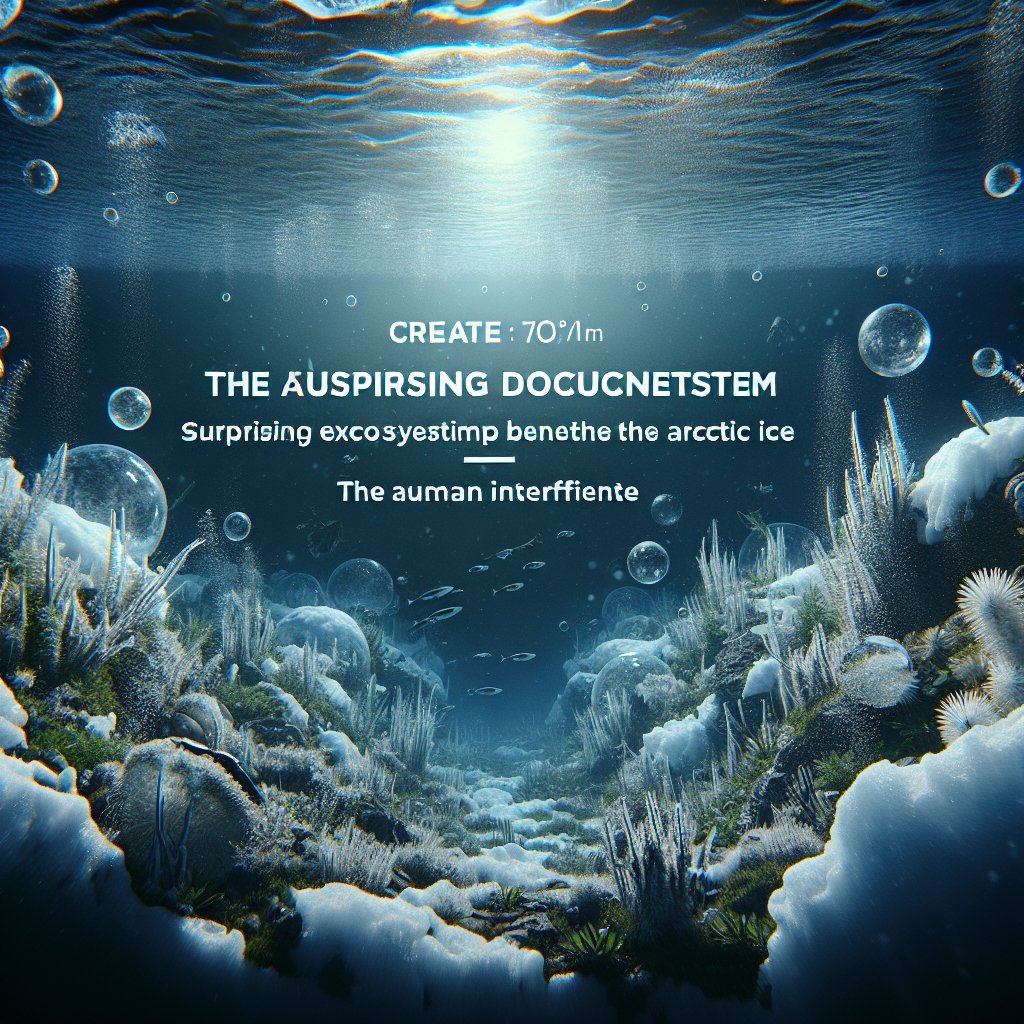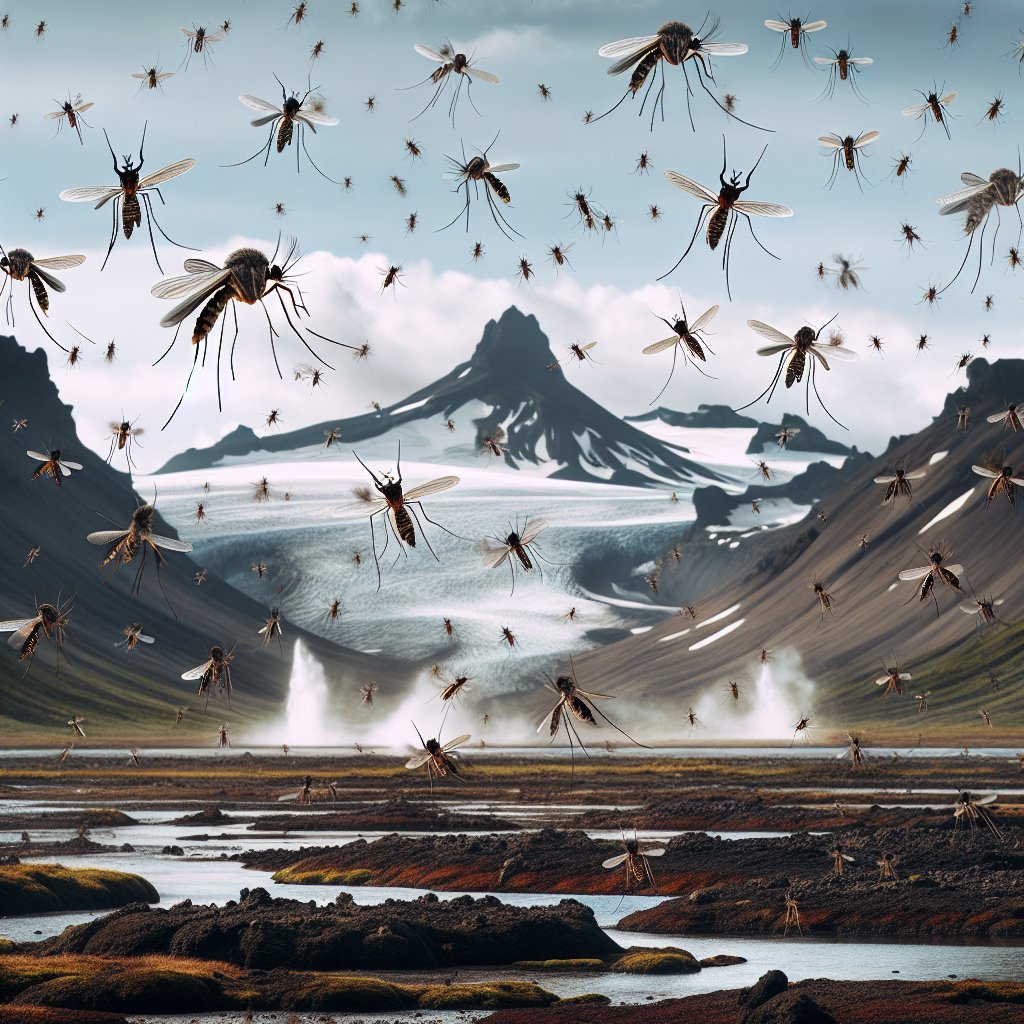Nature’s Unexpected Ally: Melting Ice
While many see the rapid loss of Arctic sea ice as an environmental disaster, there’s an unexpected twist—melting ice might actually be playing a role in sustaining life. As ice retreats, the conditions become ripe for algae growth, which is the cornerstone of the Arctic’s marine food web. Algae need nitrogen to thrive, but historically, nitrogen has been as rare in Arctic waters as a warm winter day. Now, research led by the University of Copenhagen suggests that more nitrogen is available than previously thought, potentially reshaping the future of marine life in this icy region.
This shift in nitrogen availability could have far-reaching impacts, including how much carbon the ocean can absorb. The study highlights a process called nitrogen fixation, where certain bacteria transform nitrogen gas dissolved in seawater into ammonium. This ammonium not only nourishes algae but also supports the creatures that rely on them. It’s a bit like finding a hidden stash of protein powder in the back of your pantry—unexpected, but incredibly beneficial.
The Role of Bacteria: A Nitrogen Fixation Surprise
The study is groundbreaking, confirming for the first time that nitrogen fixation happens beneath Arctic sea ice, even in its most remote areas. Previously, it was thought that the living conditions under the ice were too harsh for the organisms responsible for nitrogen fixation. Lisa W. von Friesen, the study’s lead author, admits, ‘We were wrong.’ This revelation shows that non-cyanobacteria, rather than the usual cyanobacteria, are the unsung heroes of nitrogen fixation in the Arctic.
These bacteria thrive along the ice edge, where melting is most intense. As climate change speeds up ice retreat, this expanding melt zone could allow more nitrogen to enter the ecosystem. Von Friesen notes that the amount of available nitrogen in the Arctic Ocean has likely been underestimated, both now and for future projections. This could mean that algae production has also been underestimated, potentially affecting the entire food chain as more algae means more food for small animals like planktonic crustaceans, which are then eaten by fish.
A Climate Boost: More Algae, More CO2 Absorption
This newfound nitrogen source could also impact how much carbon dioxide the Arctic Ocean absorbs. More algae mean more photosynthesis, enabling the ocean to capture greater amounts of CO2. Lasse Riemann, a professor at the Department of Biology and senior author of the study, explains, ‘For the climate and the environment, this is likely good news. If algae production increases, the Arctic Ocean will absorb more CO2 because more CO2 will be bound in algae biomass.’
However, Riemann cautions that biological systems are complex, and it’s difficult to make definitive predictions. Other mechanisms could counteract the benefits. Nonetheless, the researchers emphasize the importance of including nitrogen fixation in models predicting the Arctic’s future. While the net effect on the climate is still uncertain, it’s clear that this process is a critical piece of the puzzle as we try to forecast the Arctic Ocean’s future in a warming world.
The Science Behind the Discovery
In the Arctic, non-cyanobacteria perform the crucial task of nitrogen fixation. These microorganisms consume dissolved organic matter—often released by algae—and produce fixed nitrogen that promotes further algal growth. This creates a small but vital nutrient loop beneath the ice. Algae play a dual role in the ecosystem: they’re both the starting point of the marine food chain and natural absorbers of CO2. As they grow, they pull carbon dioxide from the air, which can later sink to the ocean floor as part of their biomass.
The study, published in Communications Earth & Environment, involved scientists from several institutions, including the University of Copenhagen, Linnaeus University, and the Alfred Wegener Institute. Their findings are based on research expeditions aboard icebreakers IB Oden and RV Polarstern. Samples were collected at 13 sites across the central Arctic Ocean, including regions off northeast Greenland and north of Svalbard. This collaborative effort is a testament to the power of international scientific cooperation in uncovering the mysteries of our planet’s most remote regions.
Facts Worth Knowing
- •💡 Nitrogen fixation occurs beneath Arctic sea ice, contrary to previous beliefs.
- •💡 Non-cyanobacteria, not cyanobacteria, dominate nitrogen fixation in the Arctic.
- •💡 More algae could lead to increased CO2 absorption by the Arctic Ocean.



